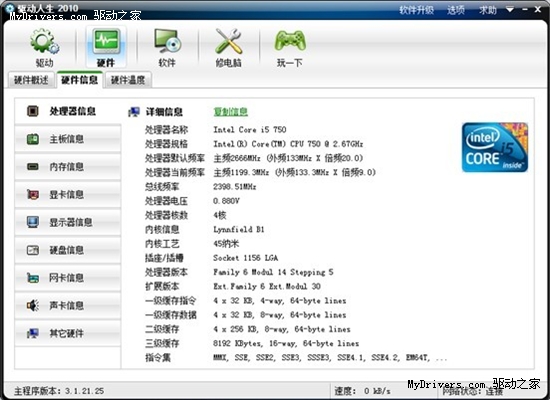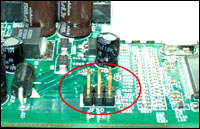本文实例讲述了Zend Framework连接Mysql数据库的方法。分享给大家供大家参考,具体如下:
在看这些之前请确保你正确加载了PDO扩展。做法是编辑php.ini 。
手动增加这两行(前面要没有分号;):
extension=php_pdo.dllextension=php_pdo_mysql.dll
然后要把extension_dir
指向php_pdo.dll及php_pdo_mysql.dll所在目录,如
extension_dir = "C:/php5/ext"
OK,let's go..
index.php 网站首页,也是唯一入口
<?php//...省略$params = array ('host' => '127.0.0.1', 'username' => 'root', 'password' => '123456', 'dbname' => 'happycms');$db = Zend_Db::factory('pdoMysql', $params);Zend::register('db', $db);?> lib/App/Article.php
<?phpclass App_Article { private $db; function App_Article() { $this->db = Zend::registry('db'); } function listAll() { $result = $this->db->query('SELECT * FROM article'); $rows = $result->fetchAll(); Zend::dump($rows); } function listByCategory() { } //...省略}?> ArticleController.php
class articleController extends Zend_Controller_Action { private $view; private $article; function __c****truct() { $this->view = Zend::registry('view'); $this->article = new App_Article(); } public function listAllAction() { $this->article->listAll(); $this->view->title='View Articles'; echo $this->view->render(TPL_DIR.'/tplView.php'); } function __call($action, $arguments) { $this->_redirect('./'); print_r($action); print_r($arguments); }}?> 访问 http://happycms/article/listall
得到以下输出:
array(1) { [0] => array(15) { ["articleid"] => string(1) "1" ["categoryid"] => string(1) "0" ["articletitle"] => string(4) "test" ["articlefromwhere"] => string(3) "sdf" ["articlekeywords"] => string(5) "sdfds" ["articledescription"] => string(4) "test" ["articlebody"] => string(9) "sffsdfsdf" ["authorname"] => string(8) "haohappy" ["authoremail"] => string(11) "s...@df.com" ["issticky"] => string(1) "0" ["isrecommanded"] => string(1) "0" ["includeattachment"] => string(1) "0" ["addtime"] => string(19) "0000-00-00 00:00:00" ["lastedittime"] => string(19) "0000-00-00 00:00:00" ["checktime"] => string(19) "0000-00-00 00:00:00" }

















